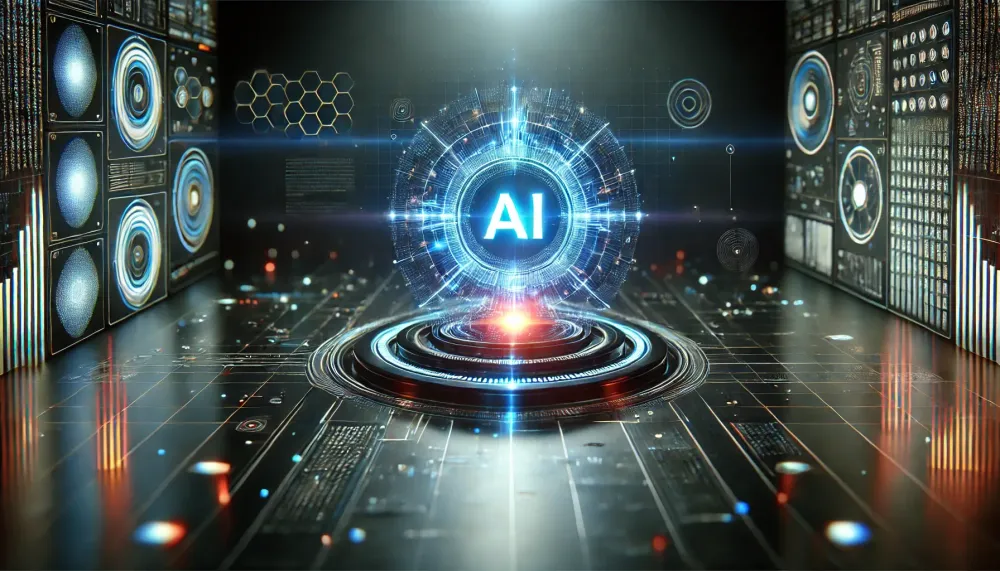Generative Artificial Intelligence (GenAI): Revolutionizing Content Creation
By Make Safe AI 2025-01-08
Generative Artificial Intelligence (GenAI): Revolutionizing Content Creation
Generative Artificial Intelligence (GenAI) is revolutionizing various sectors by creating new content based on learned patterns from existing data. Unlike traditional AI, which focuses on classification and prediction, GenAI specializes in content generation, making it invaluable in fields such as marketing, customer service, data analysis, and content creation.
Understanding GenAI
GenAI is a subset of machine learning that utilizes deep learning techniques, particularly those involving artificial neural networks, to identify and replicate patterns found in data. A pivotal development in this area is the Transformer model, introduced in the paper "Attention is All You Need," which employs a self-attention mechanism to enhance parallelization.
Large Language Models (LLMs), built upon the Transformer architecture, are designed to generate coherent and contextually relevant text, exemplifying the capabilities of GenAI.
Applications of GenAI
-
Marketing and Advertising:
GenAI enables the creation of personalized marketing content, enhancing customer engagement and conversion rates. -
Customer Service:
Automated agents powered by GenAI can handle customer inquiries efficiently, providing timely and accurate responses. -
Data Analysis:
GenAI assists in interpreting complex datasets, generating insights that inform strategic decision-making. -
Content Creation:
From drafting articles to composing music, GenAI aids creators by generating original content based on specific inputs.
Developing GenAI Applications
Building a GenAI application involves several key components:
-
Document Processing:
Dividing documents into manageable chunks for analysis. -
Embeddings:
Converting text into numerical representations that capture semantic meaning. -
Vector Databases (VectorDB):
Storing embeddings to facilitate efficient similarity searches. -
Query Application:
Implementing mechanisms to interpret and respond to user queries. -
Large Language Models (LLMs):
Utilizing models like ChatGPT or Meta's Llama to generate human-like text responses. -
Semantic Search:
Employing techniques to understand and retrieve information based on contextual meaning rather than keyword matching.
The Role of AI Engineers
AI engineers are crucial in bringing GenAI applications to life. They oversee the development and deployment of AI systems, manage AI infrastructure, handle data management, integrate models, and fine-tune prompts to ensure optimal performance.
In summary, Generative AI represents a significant advancement in artificial intelligence, offering innovative solutions across various industries by generating new, meaningful content from existing data patterns.
Latest
- Bridging the Gap: How Inventors ...
- The AI Talent Race: A Double-Edg...
- Generative Artificial Intelligen...
- Strategic Analysis: Unlocking th...
- Why Generative AI Often Fails to...
- 5 Must-Know AI News Stories from...
- The AI Agent Revolution: What Li...
- The AI Odyssey: What Nvidia’s St...
- Navigating Business Funding and ...
- Riding the AI Waves: The Evolvin...
- The Future of Business: 6 Ways D...
- Generative AI Revolution: The Ne...
- Review: Generative AI’s Act o1 -...
- AI Investment Trends for October...
- Responding to Geoffrey Hinton: D...
- The Evolving Role of the Technol...
- The Future of Business Strategy:...
- Can Venture Capital Weather the ...
- Enterprise Artificial Intelligen...
- Understanding the EU Artificial ...
Tags
© 2024 JHG Consulting | a Johnsons Holdings Group Company | All rights reserved.






